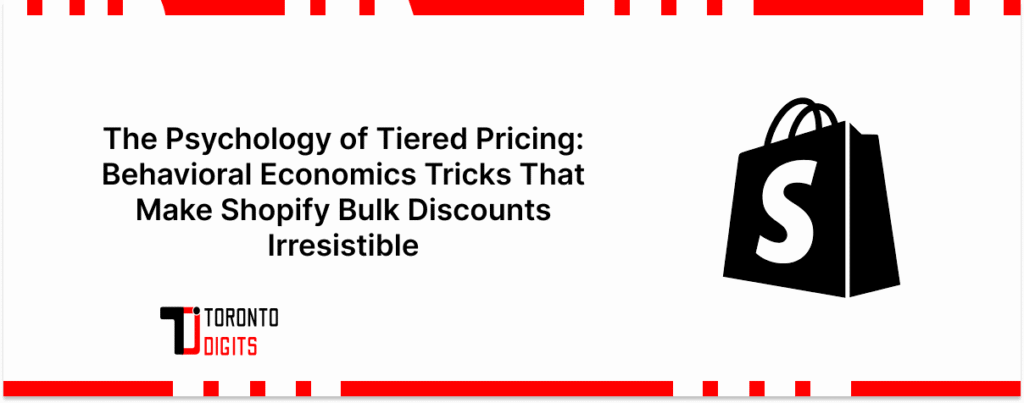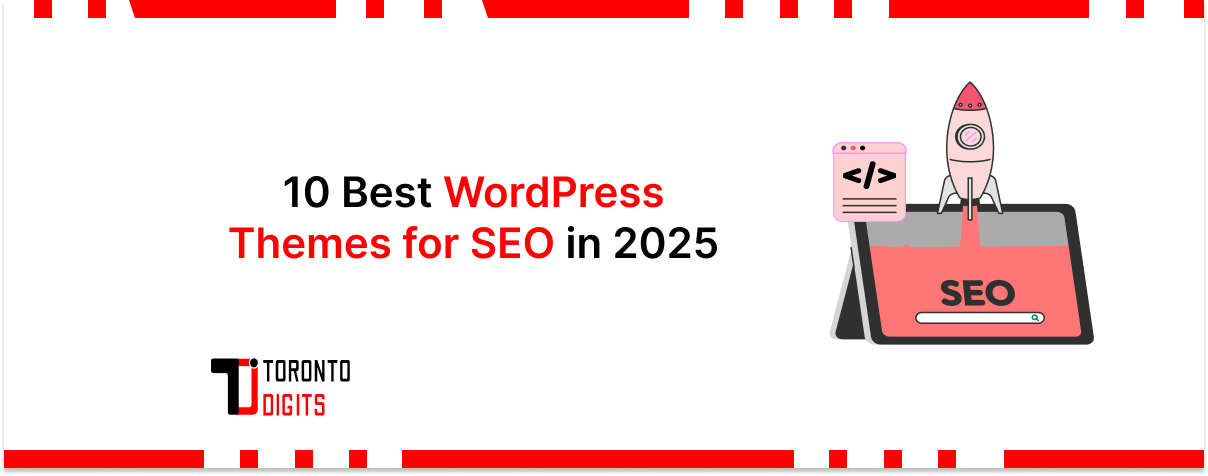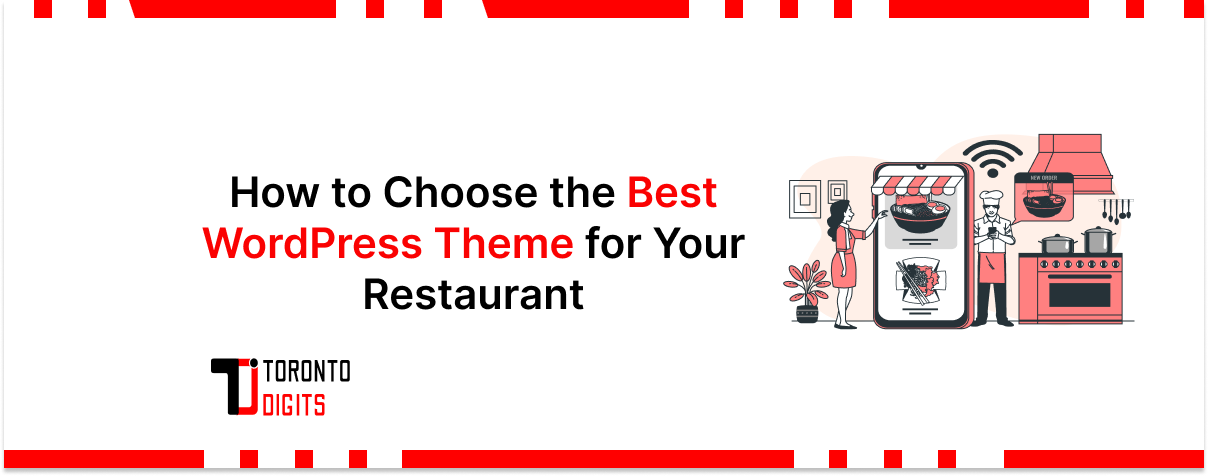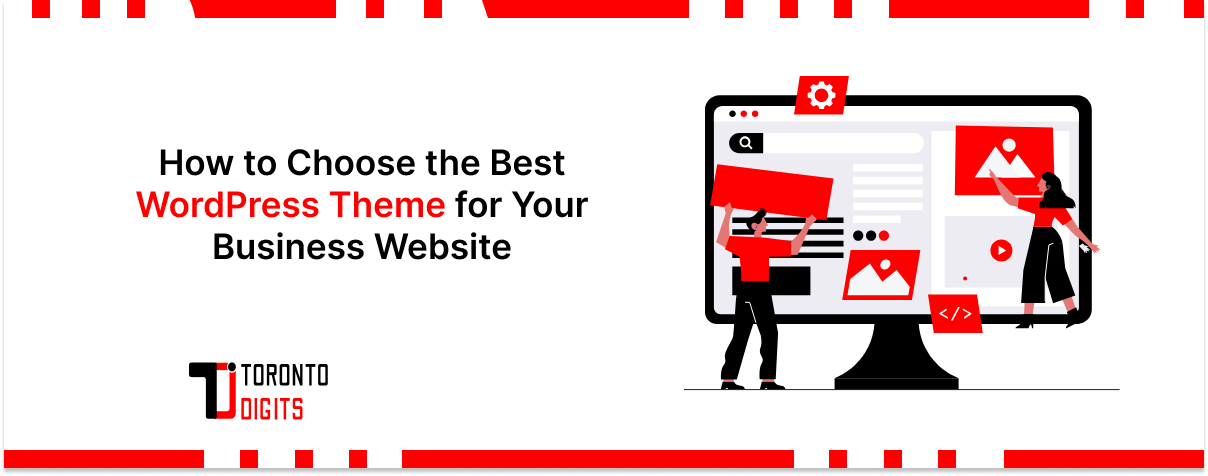Picture this: The Economist once ran a subscription offer that became legendary in behavioral economics circles. They offered three options: web-only for $59, print-only for $125, and print + web for $125. That middle option – print-only at the same price as print + web – seemed ridiculous. Who would choose less for the same price?
Nobody. And that was precisely the point.
When MIT professor Dan Ariely tested this with his students, 84% chose the “best value” print + web combo. But when he removed the seemingly useless print-only option, only 32% chose the premium package. That “decoy” option made the expensive choice feel like a steal, driving nearly three times more premium purchases.
This same psychological principle can transform your Shopify store’s average order value. The difference between a customer buying one item versus three often comes down to how you present the choice, not the discount itself. In this guide, we’ll explore the proven psychological techniques that make customers naturally gravitate toward larger purchases, then show you exactly how to implement them using Barn2 Bundles & Bulk Discounts.
The Hidden Psychology Behind Why Customers Buy More
Understanding why customers choose bulk purchases starts with recognizing that buying decisions are rarely purely rational. Our brains use mental shortcuts – cognitive biases – that savvy retailers can ethically leverage to guide purchase decisions.
The Anchoring Effect: Setting the Stage for Value
The anchoring effect, first identified by psychologists Amos Tversky and Daniel Kahneman in their groundbreaking 1974 study, shows that people rely heavily on the first piece of information they receive when making decisions. In pricing, this means the first price customers see becomes their reference point for all subsequent prices.
When you display a single-item price prominently, and then show bulk discounts below it, that initial price anchors expectations. A t-shirt at $30 each suddenly makes “3 for $75” feel like exceptional value, even though the customer originally intended to buy just one. The savings feel more significant because they’re measured against that $30 anchor.
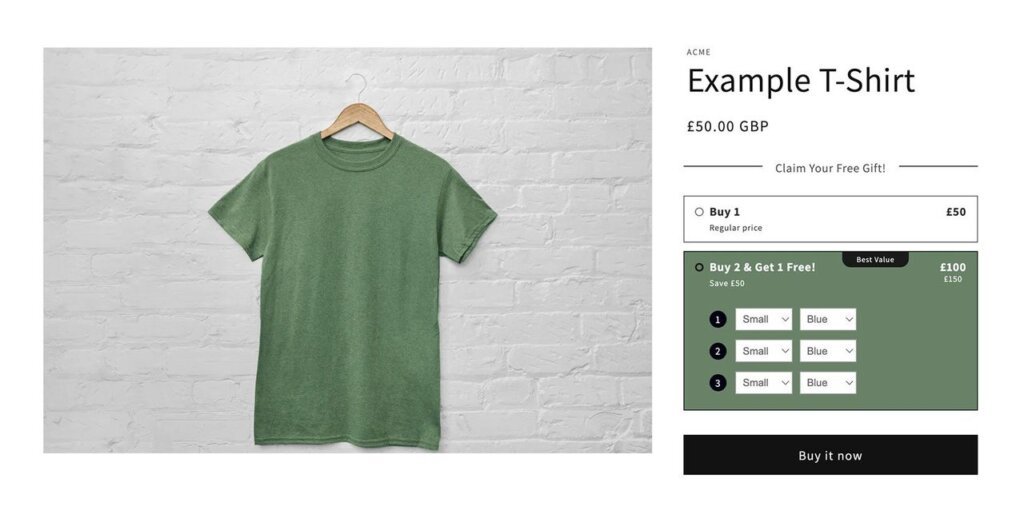
Loss Aversion: The Fear of Missing Out on Savings
Research by Kahneman and Tversky revealed that people worry more about what they could lose than what they could gain, typically about twice as large psychologically. This loss aversion means customers feel more pain from “losing” potential savings than pleasure from getting a discount.
When you present Shopify bulk discounts as “Save $15 when you buy 3,” you’re triggering loss aversion. Customers who only buy one item feel like they’re losing that $15 savings opportunity. This psychological discomfort often pushes them to increase their order size, even if they hadn’t planned to buy multiple items initially.
The Compromise Effect: Why Three Options Outsell Two
Studies have demonstrated that when presented with three options, consumers overwhelmingly choose the middle option. This phenomenon is called the “compromise effect”. It works because people naturally avoid extremes, viewing the middle choice as the safest, most reasonable decision.
This is why successful Shopify stores structure their bulk discounts in three tiers. When you offer:
- 1 item at full price
- 3 items with a moderate discount
- 5 items with a larger discount
Most customers gravitate toward the 3-item option. It feels like they’re being smart shoppers – not overspending on the largest bundle, but not missing out on savings either.
Social Proof and Herd Mentality
Research from Robert Cialdini’s influential book “Influence: The Psychology of Persuasion” shows that people look to others’ behavior when making decisions, especially under uncertainty. When customers see labels like “Most Popular” or “Customer Favorite” on a bulk discount tier, they’re more likely to choose that option.
This herd mentality is particularly powerful for Shopify bulk discounts because buying multiple items feels like a bigger commitment. Knowing others made the same choice provides psychological comfort and validation.
The Decoy Effect: Your Secret Weapon for Higher AOV
The decoy effect, as demonstrated in the Economist example, occurs when an intentionally less attractive option makes another option seem more appealing by comparison. It’s one of the most powerful tools for driving bulk purchases.
The Economist example perfectly illustrates this principle. The print-only option at $125 was a decoy that made the print + web bundle at the same price irresistible. Without changing the actual value proposition, it dramatically shifted purchase behavior.
In your Shopify store, a decoy might look like:
- 1 item: $25
- 2 items: $45 (seems like poor value – only $5 off)
- 3 items: $60 (suddenly looks amazing compared to 2 items)
That 2-item tier serves as a decoy, making customers skip directly to the 3-item bundle. The key is making the decoy close enough in price to your target option to create comparison, but different enough in value to make the choice obvious.
The key to using decoys ethically is ensuring all options provide genuine value. You’re not tricking customers – you’re helping them recognize the best deal. The decoy option should still be a fair price that some customers might genuinely prefer, perhaps those who need exactly that quantity.
Cognitive Biases That Drive Bulk Purchases
Beyond the major effects we’ve discussed, several other cognitive biases influence how customers respond to quantity-based pricing.
The Unit Bias: Reframing Value Perception
When you present unit pricing, it significantly affects purchase decisions. Customers perceive better value when they can easily calculate per-unit savings.
Instead of just showing “3 for $60,” display it as:
- 3 for $60 ($20 each – Save $5 per item)
This unit bias helps customers quickly recognize value without doing mental math, making bulk purchases feel more logical and appealing.
Hyperbolic Discounting: Immediate Rewards Win
People value immediate rewards more than future benefits – a phenomenon called hyperbolic discounting. This is why “Save now” messaging outperforms “Stock up for later” in driving bulk purchases.
Frame your Shopify bulk discounts around immediate savings rather than future convenience. “Save $20 today” triggers action more effectively than “Never run out with our bulk bundle.”
Mental Accounting: How Customers Justify Bigger Purchases
According to research by Nobel laureate Richard Thaler, people use mental accounting to categorize and evaluate spending. Customers often justify bulk purchases by mentally spreading the cost across multiple uses or time periods.
A customer might think: “If I buy 3 bottles of supplements for $75, that’s really just $25 per month.” This mental accounting makes the larger upfront cost feel more manageable. You can facilitate this by showing cost-per-use or monthly equivalent pricing in your bulk discount displays.
Scarcity and Urgency: The Power of Limited Availability
Cialdini’s research on scarcity shows that people value things more when they’re less available. Limited-time bulk discounts create urgency that overcomes purchase hesitation.
“48-hour flash sale: Buy 3, get 25% off” takes advantage of both scarcity (time-limited) and bulk incentives. Combining scarcity with bulk discounts can significantly increase conversion rates.
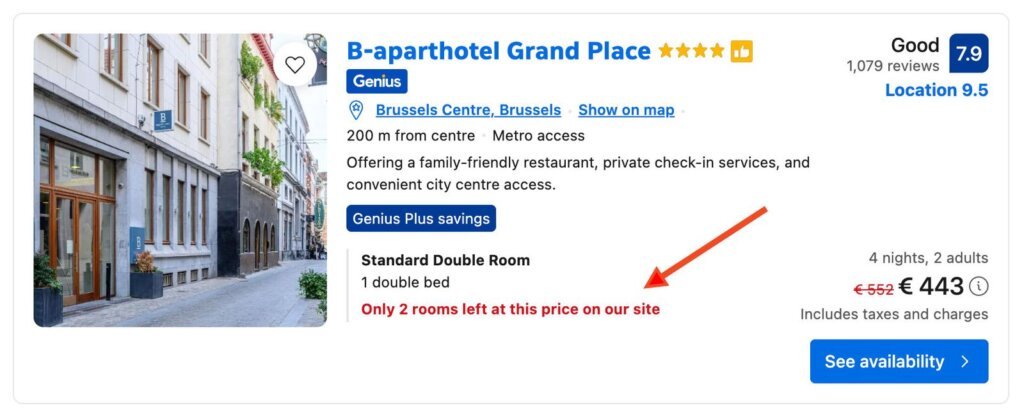
The Magic Number Theory: Why Certain Quantities Convert Better
Not all numbers are created equal in the psychology of pricing. Certain quantities consistently outperform others in driving bulk purchases.
The Rule of Three
The rule of three appears throughout psychology and marketing. People process information best in groups of three – it’s neither too simple nor too complex.
For Shopify bulk discounts, this translates to:
- Offering three-tier options (1, 3, 5 items)
- Making 3-item bundles your primary bulk offer
- Using three benefit points when describing savings
Odd vs. Even Number Pricing
While the “charm pricing” effect ($9.99 vs $10) is well-documented, quantity tiers follow different patterns. Odd-number quantities (3, 5, 7) often feel more specific and intentional than even numbers (2, 4, 6).
A “Buy 3” offer appears more carefully calculated than “Buy 2” or “Buy 4,” making customers trust that you’ve optimized the deal for genuine value rather than arbitrary bundling.
Finding Your Shopify Store’s Sweet Spot
The optimal quantities for your Shopify bulk discounts depend on your product type and average order patterns. Start with the rule of three (1, 3, 5) and adjust based on your data:
- Consumables might work better with higher quantities (1, 3, 6)
- Gift items might favor smaller bundles (1, 2, 3)
- Collectibles could use wider ranges (1, 5, 10)
Framing Your Discounts for Maximum Psychological Impact
How you present your discounts matters as much as the discounts themselves. The framing effect shows that identical information presented differently leads to different decisions.
“Save $X” vs “X% Off” – The Research-Based Answer
Research has found that the Rule of 100 provides clear guidance: for prices under $100, percentage discounts seem larger; for prices over $100, dollar discounts appear more substantial.
For a $30 item, “33% off when you buy 3” sounds better than “Save $10”.
In contrast, for a $150 item, “Save $50 on 3” sounds better than “33% off”
Apply this principle to your Shopify bulk discounts based on your price points to maximize psychological impact.
The Power of Strikethrough Pricing
Visual price comparisons (showing original price crossed out) increase purchase intention significantly. The strikethrough creates a visceral sense of getting a deal.
Display your bulk pricing as:
- 1 item: $30
- 3 items: ~~$90~~ $75 (Save $15)
This visual contrast makes the savings immediately apparent without requiring calculation.
Comparative Language That Converts
Words matter in pricing psychology. Certain phrases trigger stronger responses:
- “Normally” implies a temporary opportunity
- “Elsewhere” triggers competitive shopping instincts
- “Retail” suggests insider access to better pricing
Frame your Shopify bulk discounts with language like “Normally $30 each – Get 3 for just $75” to leverage multiple psychological triggers simultaneously.
Implementing Psychology-Based Bulk Discounts with Barn2
Now that you understand the pricing psychology, let’s implement these principles using Barn2 Bundles & Bulk Discounts. This Shopify bulk discount app offers two distinct approaches, each suited to different psychological strategies.
Video: https://youtu.be/nGFAqOldaTU
Volume Bundles vs. Bulk Pricing: Choosing Your Psychological Approach
Volume Bundles work best for leveraging the decoy effect and the compromise effect. They present specific quantity options as clickable tiles, perfect for:
- Creating a three-tier structure that guides customers to the middle option
- Implementing decoy pricing where one option makes another irresistible
- Products where you want to control the exact quantities purchased
Example structure leveraging the compromise effect:
- 1 item for $30 (anchor price)
- 3 items for $75 (target – most will choose this)
- 5 items for $115 (makes 3 items look perfectly reasonable)
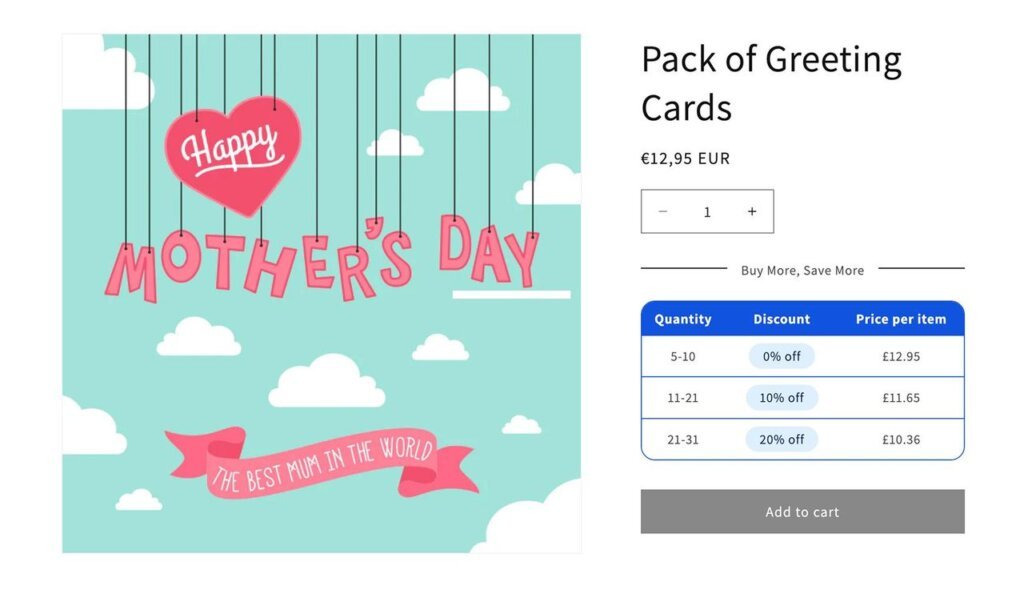
Bulk Pricing excels at progressive savings and mental accounting. It automatically applies graduated discounts based on cart quantity, ideal for:
- Creating a sense of reward for buying more
- Allowing customers to justify larger purchases mentally
- Products where customers need varying quantities
Example structure using mental accounting:
- 1-2 items: Full price
- 3-5 items: 15% off (easy to calculate savings)
- 6+ items: 25% off (significant breakpoint for stocking up)
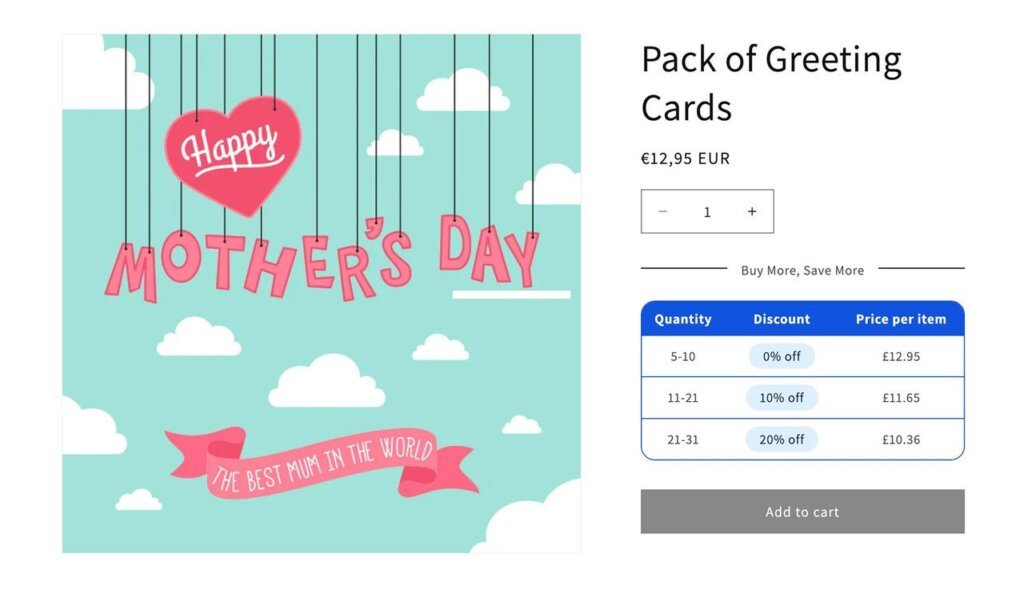
Setting Up Psychological Anchoring
Start with your anchor price – this should be your standard single-item price displayed prominently. In the Barn2 bulk discount app, ensure this appears first and largest in your display settings. This becomes the reference point against which all savings are measured.
When creating your tiers, make the jump from anchor to first discount significant enough to trigger loss aversion. A 15-20% discount is typically the minimum threshold at which customers feel a genuine loss if they don’t take advantage.
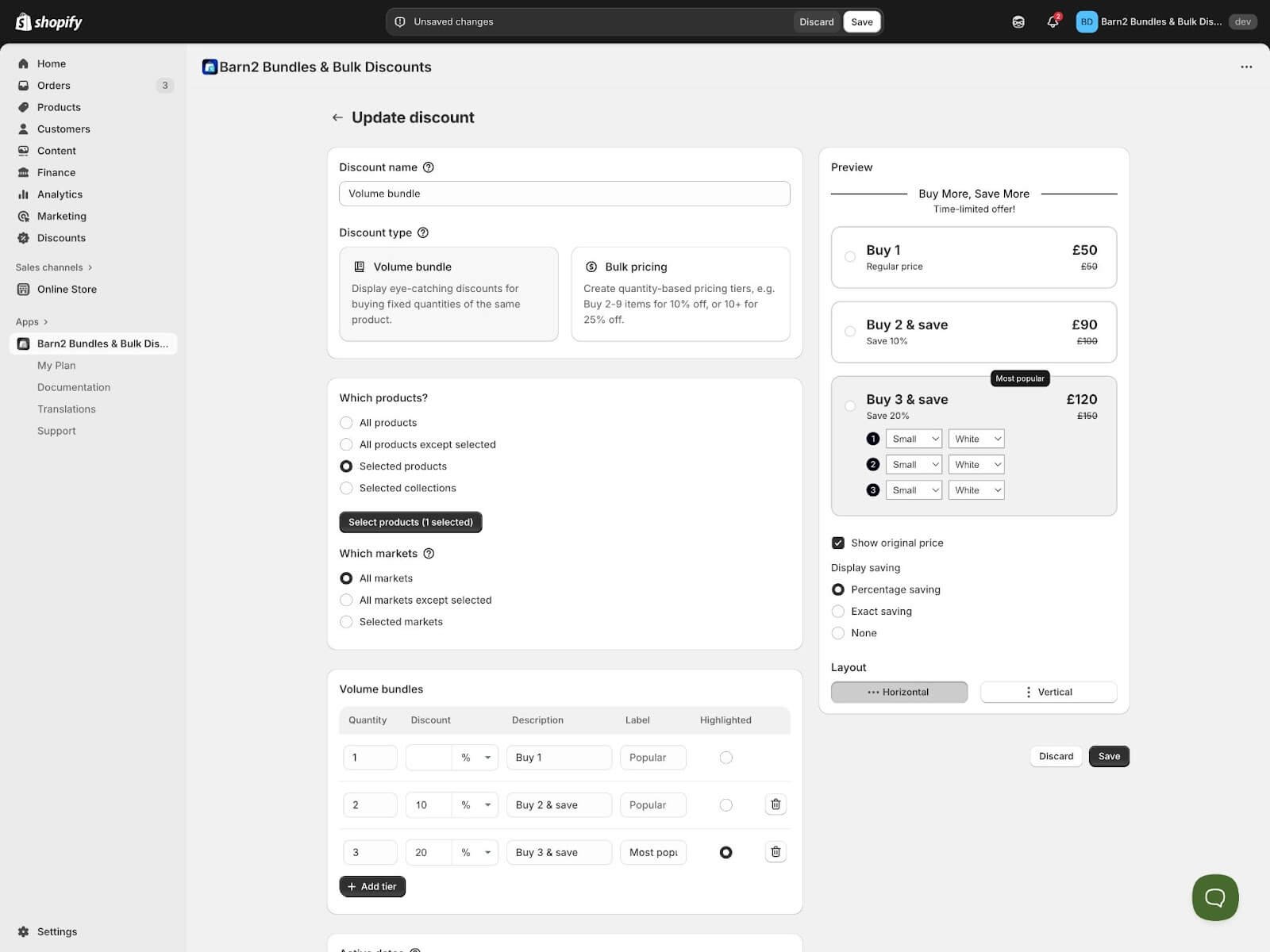
Creating the Perfect Middle Option
For the compromise effect to work, your middle option needs to feel like the smart choice. In Barn2, you can add labels to reinforce this:
- Mark your middle tier as “Most Popular” (social proof)
- Add “Best Value” to guide decision-making
- Use “Customer Favorite” to leverage herd mentality
Position your middle option at 60-70% of the highest tier’s quantity. If your highest tier is 5 items, make the middle tier 3 items. This ratio feels naturally balanced and avoids extreme choices.
Using Labels and Highlights Strategically
Barn2’s labeling features let you trigger specific psychological responses:
- “Limited Time” – Creates urgency through scarcity
- “Save $X” – Makes loss aversion tangible
- “Only $X each” – Triggers unit bias calculation
Use color psychology in your display settings. While specific color effects vary by culture, contrast is universally attention-grabbing. Make your target tier visually distinct without being garish.
Customizing Display for Maximum Impact
Arrange your bundles to facilitate easy comparison – the key to the decoy effect. The Barn2 bulk discount app lets you display volume bundles horizontally or vertically. Horizontal works best for three options (easy side-by-side comparison), while vertical suits more tiers.
Include the per-unit price in each tier to help with mental accounting. When customers see “3 items for $75 ($25 each),” they can quickly process the value without cognitive strain, making purchase decisions easier and faster.
Quick Implementation Checklist
Ready to set up psychology-driven discounts with Barn2 Bundles & Bulk Discounts? Here’s exactly what to implement:
- Create three tiers – Never just two. The middle option should be your target (e.g., 1 item, 3 items, 5 items)
- Price your middle tier at 60-70% of the highest quantity – This feels balanced and avoids extremes
- Make your anchor visible – Display the single-item price prominently before showing discounts
- Add a subtle decoy – Make one tier slightly less attractive to push customers toward your target tier
- Label strategically – Mark your target tier as “Most Popular” or “Best Value” to leverage social proof
- Show unit prices – Display “Only $X each” to trigger unit bias and make mental math easy
- Use the Rule of 100 – Percentage discounts for items under $100, dollar savings for items over $100
- Include strikethrough pricing – Show $90 $75 to make savings viscerally obvious
- Frame with urgency when appropriate – “Limited time” or “Today only” for promotional periods
Conclusion
The bottom line: The difference between a customer buying one item versus three isn’t about the discount size – it’s about presentation psychology.
Key takeaways:
- Three-tier pricing with a middle “compromise” option outperforms two-tier every time
- Strategic decoys make your target tier irresistible without changing actual prices
- Anchoring, loss aversion, and social proof work together to drive bulk purchases
- Simple labeling like “Most Popular” can increase selection by 20-30%
Why this matters: Your competitors are still using basic “Buy 2 Get 10% Off” discounts. By applying these proven psychological principles, you’ll create pricing that feels intuitively attractive to customers.
The result: Higher average order values without aggressive discounting, plus customers who feel smart about their purchases and buy again.
Ready to transform your single-item buyers into bulk purchasers? Install Barn2 Bundles & Bulk Discounts from the Shopify App Store and start implementing these psychological principles today.

